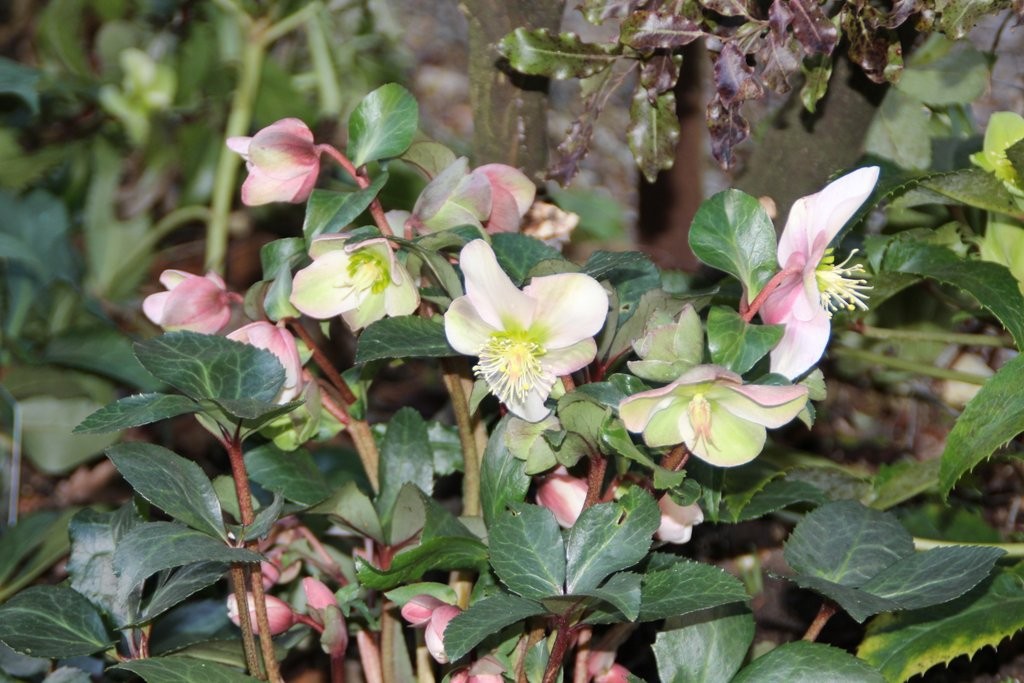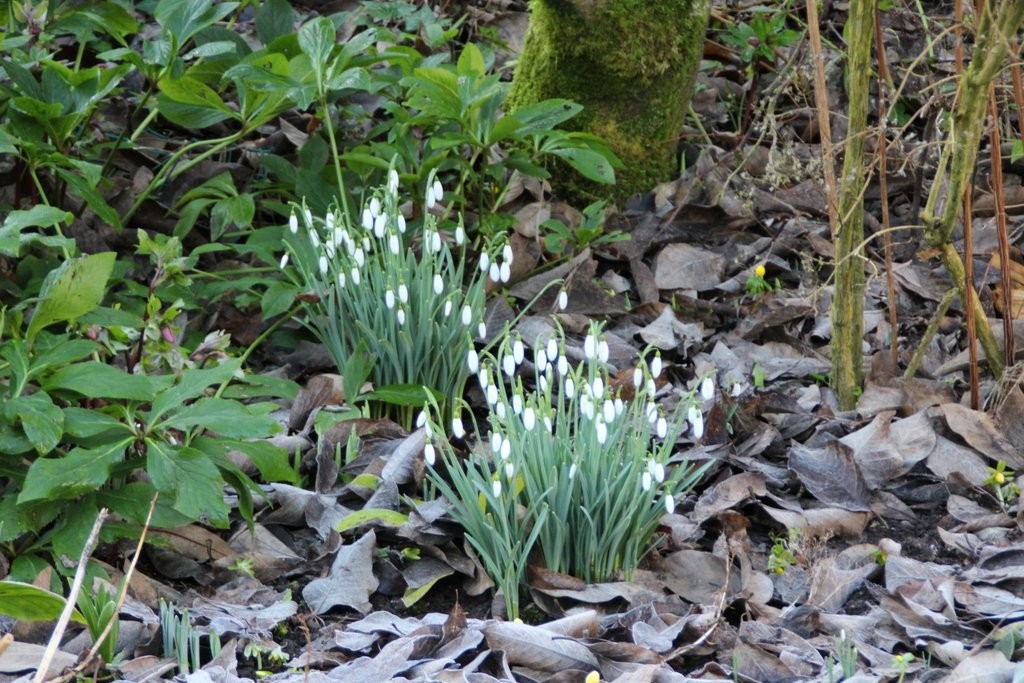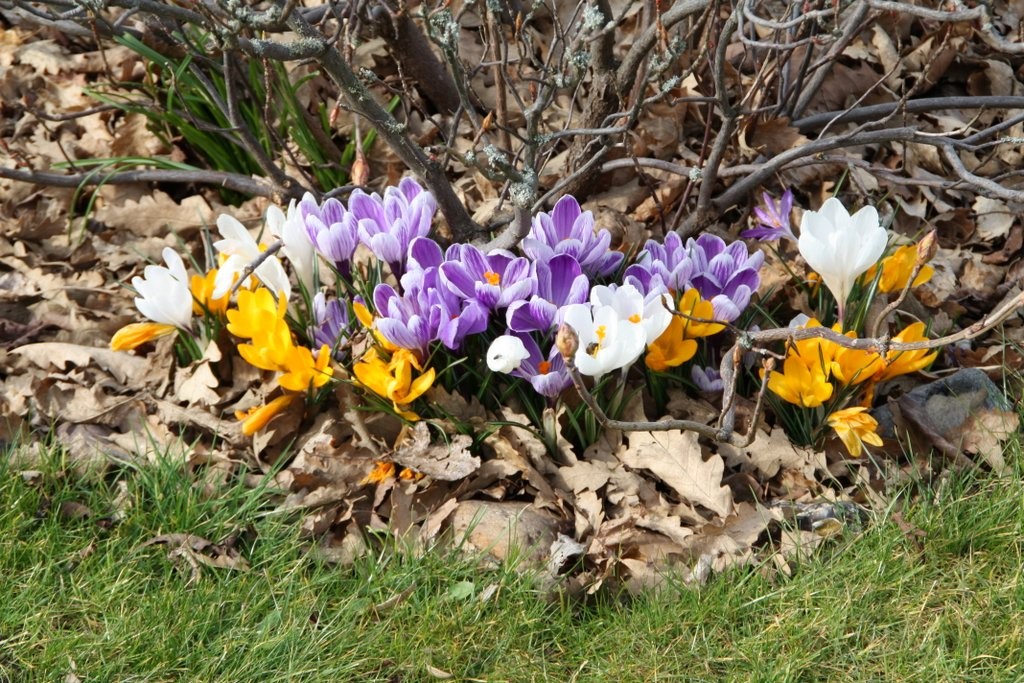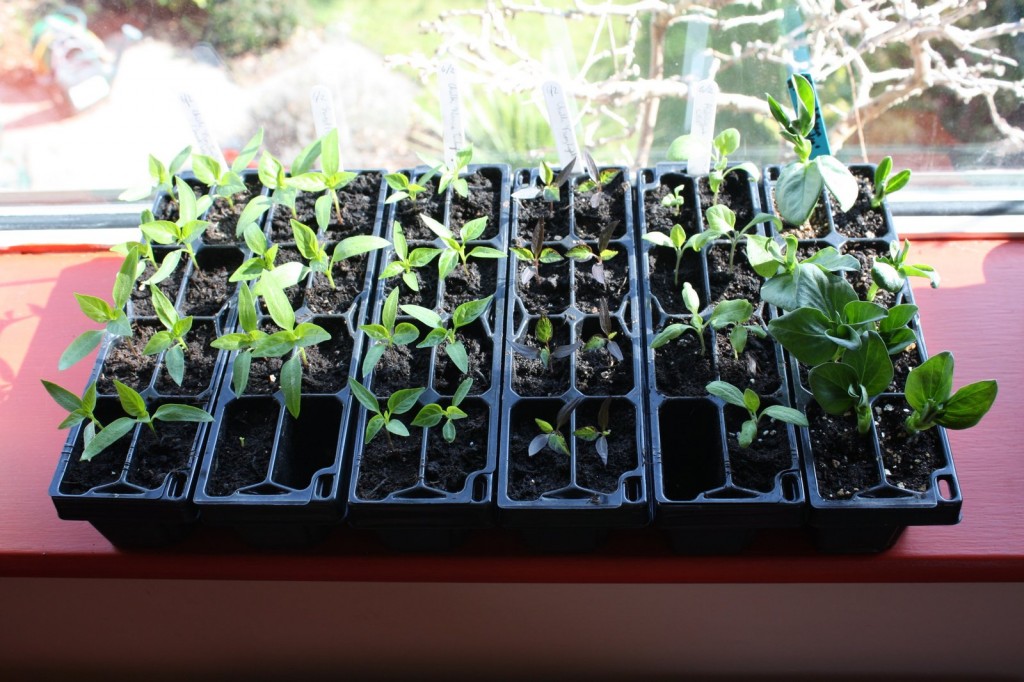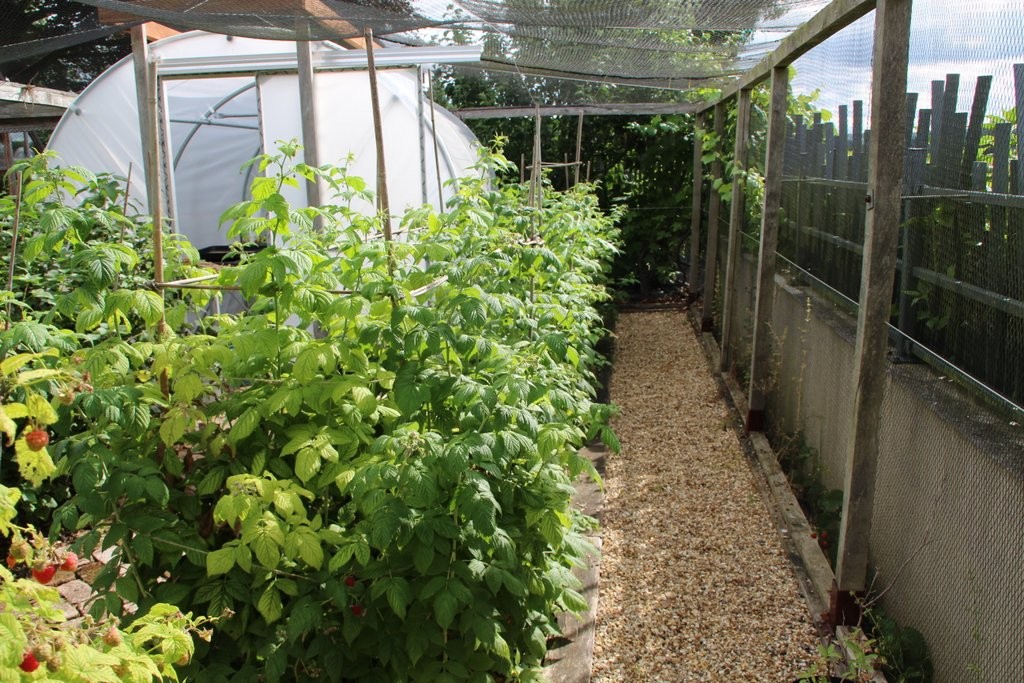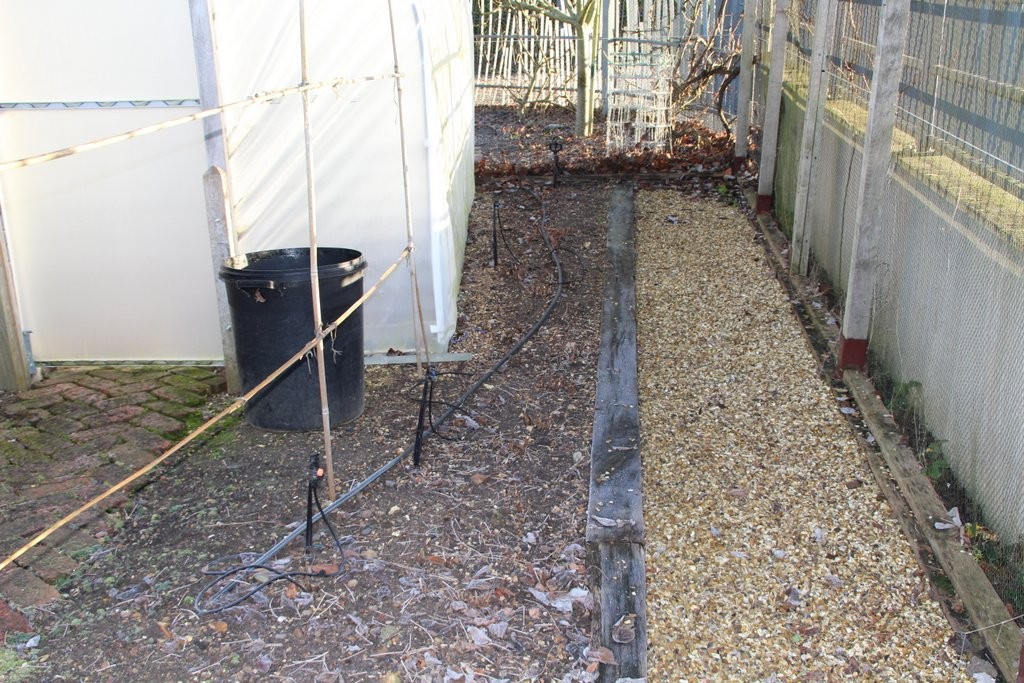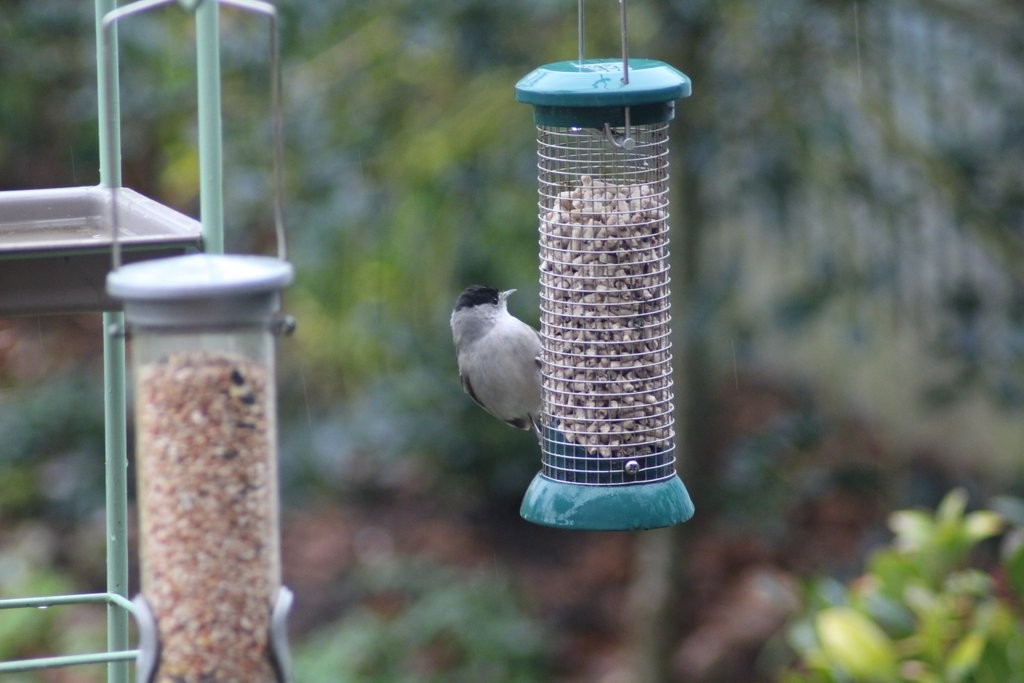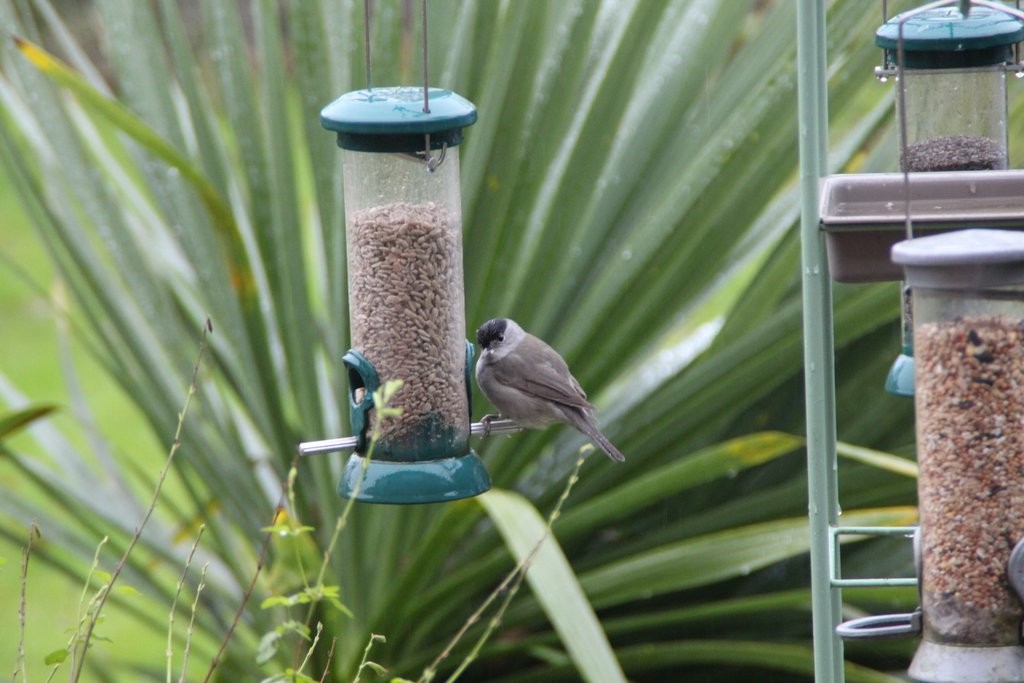With the winter festivities behind us, and the days starting to lengthen, may we be the last to wish everyone a happy 2018.
Hellebores in full flower and emerging snowdrops, crocus and daffodils all tell us that another gardening year is beginning, so here are some jobs for this month to get you going.
If it is too wet to get on to lawns and beds a useful job to do at this time of year is to re-pot plants that are permanently potted. Fresh compost and a liquid feed will help to boost growth as the days get longer and warmer. If you are moving plants to larger pots only go up by one size at a time. Otherwise, the large volume of new compost added during potting on can sit wet for a long period, reducing aeration around the roots. Instead of the roots growing out into the new compost, they start to rot and this can lead to symptoms such as wilting, dropping and yellowing foliage. Unfortunately, these are similar to the symptoms caused by drought and additional watering of course exacerbates the problem.
It is a good time to prune late flowering clematis and hardy fuchsias. Clematis can be taken down as far as you like, make sure that you make cuts just above a node. Similarly, with fuchsias, you can cut back last season’s stems as far as you like. Again make cuts just above nodes and leave as much stem as you need to create the shape that you want to achieve.
Herbaceous perennials and grasses that have been left over the winter to provide structure and seed heads are looking past their best now and can be cut back before new growth starts to emerge.
There is still time to plant bare rooted trees and shrubs, especially if you are on lighter soil as it will warm up more quickly than heavier ground. However, if the ground is frozen or waterlogged then you will have to wait.
For the kitchen garden, you can begin sowing summer cabbages, broad beans and beetroot under cover and if you haven’t done it yet, sow onions and leeks. We tend to sow all of these in seed trays or cells so that they can develop good root systems before they have to take their chances in the allotment.
It’s time to cut back your autumn fruiting raspberry canes to ground level, and try slicing a spade around the area to limit their spread.
Finally, don’t forget to feed the birds. This is a “hungry gap” where most berries have been taken and the insect populations haven’t really started to pick up, so they will welcome any treats you can provide. If it freezes they’ll also benefit from having water put out for them. This winter we’ve had a new visitor to the bird feeder in the form of a blackcap.

